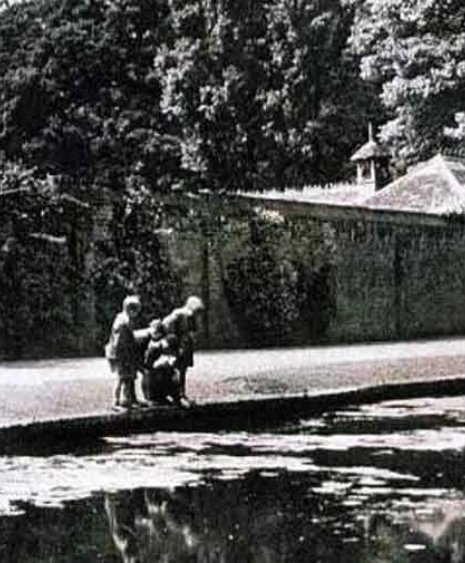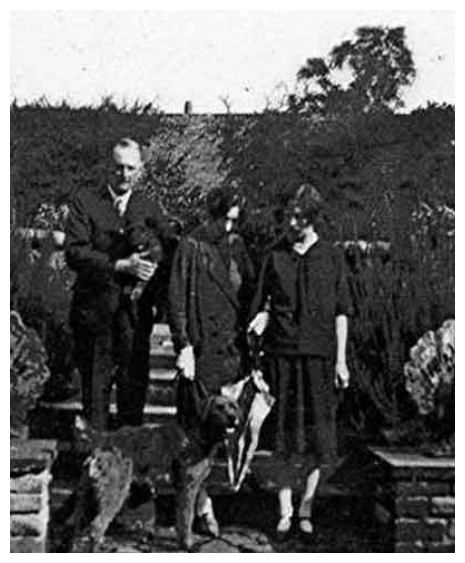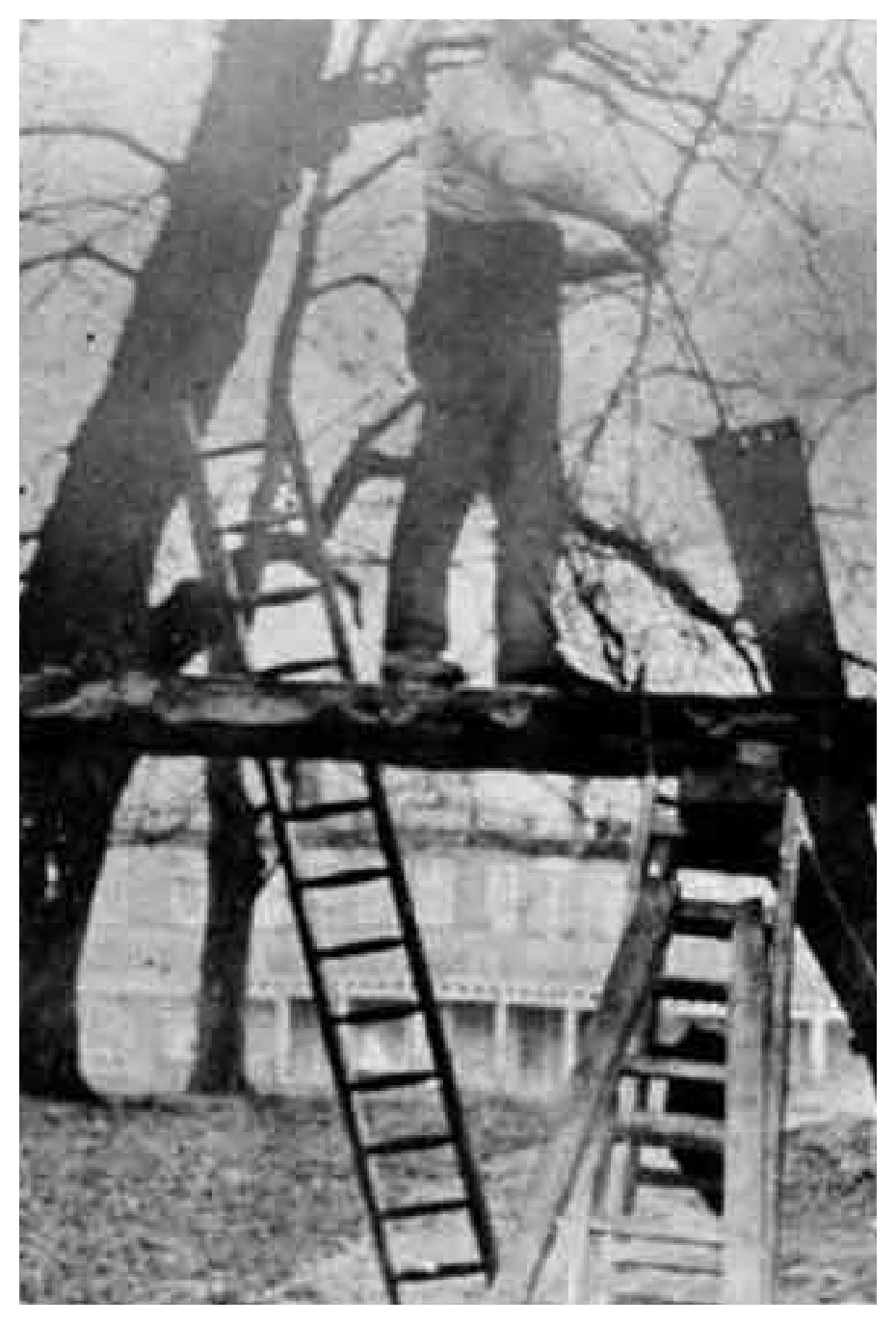History
Cannizaro Park is sited on prehistoric swamplands, which when they dried out, left the park with its gravel topsoil and acid subsoil. In the early 1700s, what became known as the Cannizaro estate extended out towards Kingston, covering a much larger area than the current 35 acres.
The name Cannizaro dates back to 1832 when Count St Antonio, occupant of what was then Warren House on the west side of the Common, succeeded to the dukedom of Cannizzaro in Sicily. He soon left to live with his mistress in Milan, but his long-suffering Scottish wife Sophia prided herself on the title of Duchess of Cannizzaro and kept the name of Cannizzaro until she died in 1841, with her estate being recorded under this name. Apart from the spelling change, the name Cannizaro has stuck ever since.
Former residents of the house and estate included Thomas Walker, a friend of Britain’s first Prime Minister, Sir Robert Walpole, John Lyde-Brown, Governor of the Bank of England and Henry Dundas (Viscount Melville), Home Secretary under Prime Minister William Pitt the Younger. Cannizaro’s reputation as a “Country Retreat” continued during the 19th century; visitors included royalty and great writers – among them Lord Tennyson, Oscar Wilde and Henry James.
The Grounds (now the park) were always notable and specimen trees were planted during the Victorian era alongside many older specimens. Several large oaks date back several hundred years and are still to be seen. Apart from Viscount Melville, who planted Lady Jane’s Wood in 1793, the greatest private contributors to the park we enjoy today were Mr and Mrs E Kenneth Wilson who purchased the estate in the early 20th century and lived there from 1920 to 1947. Specimens of camellia, rhododendron and other ericaceous (acid-loving) plants introduced during their ownership remain today among Cannizaro’s treasures, a tribute to the Wilsons’ vision and that of their gardeners George Dillistone and Richard Allison. The addition of rare and unusual plants still goes on today, including specimens sponsored by The Friends of Cannizaro Park and through generous individual donations.




The Wilsons’ daughter, Hilary, married the 5th Earl of Munster in 1928 and 20 years later, after her parents’ death, sold the entire estate to Wimbledon Corporation and Surrey County Council for £40,000. The sale had a number of covenants separating areas for Council housing, Royal Wimbledon Golf club, the use of the House (now Hotel Du Vin) as an “old people’s home” and 35 acres set aside as allotments and the public park we see today.
The park was opened to the general public on 2 April 1949, with speeches praising Cannizaro’s rare combination of natural beauty and unusual trees and shrubs.
Under early municipal ownership, significant funds were made available in the 1950s for new rhododendron planting, and the creation of a rose garden. During the 1970s the Aviary was built, followed a decade later by the conversion of the old Kitchen Garden into an Italian Garden, and the creation of the Belvedere in the Mediterranean Garden. The final new structure added to the park is the Millennium fountain, which was designed by sculptor Richard Rome and honours connections between the arts and Cannizaro tracing back to the days of the Duchess of Cannizaro.
The park was awarded a Grade II* heritage listing in 1987.

